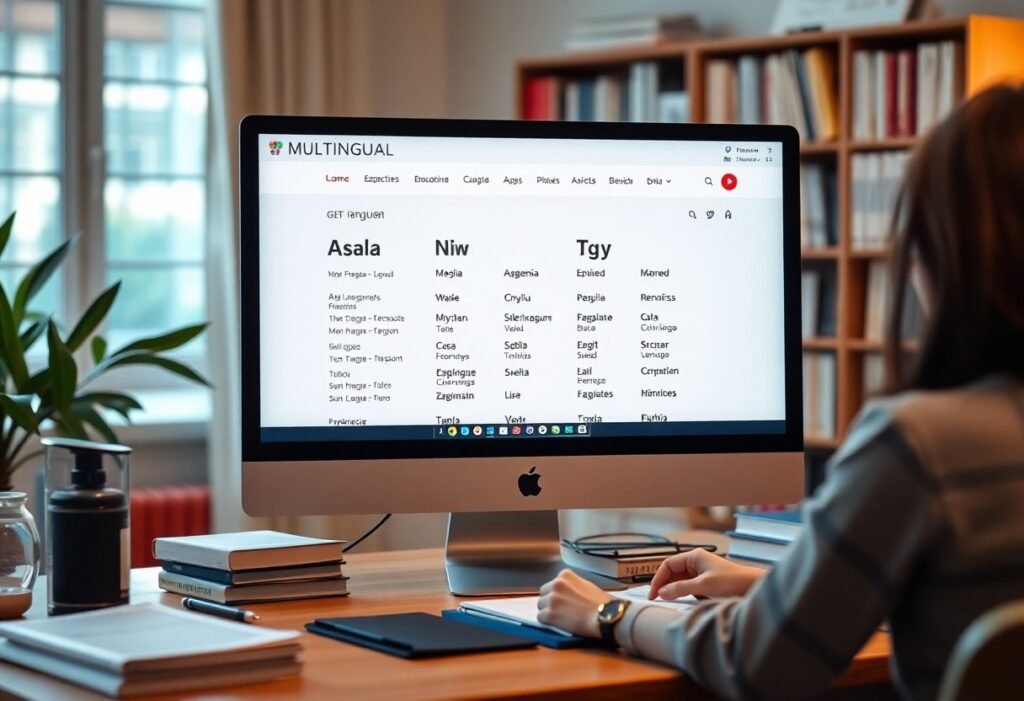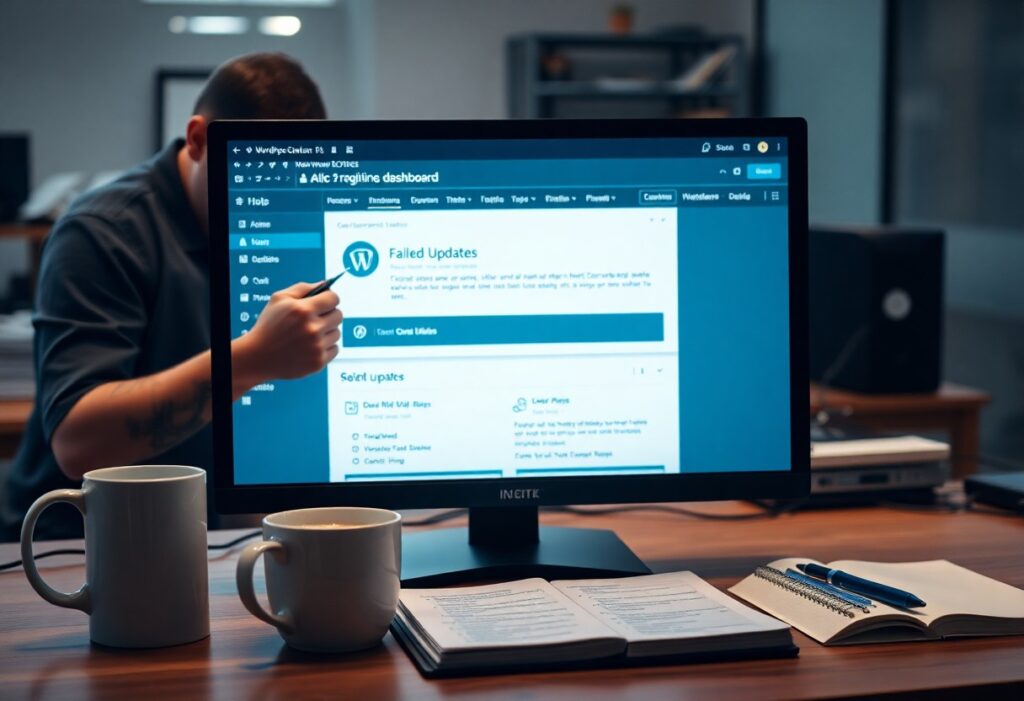Create a multilingual website to reach a broader audience and improve user experience. This guide will provide you with the necessary steps to develop an effective multilingual site that caters to different language speakers.
First, decide on the languages you want to support. Conduct market research to identify the languages spoken by your target audience. You might want to start with the primary language your content is in and then add additional languages based on your audience’s needs.
Next, choose a suitable platform for your website. Many content management systems (CMS) offer built-in multilingual support, such as WordPress, Joomla, and Drupal. If your site is custom-built, you may need to integrate multilingual capabilities through plugins or manual coding.
After deciding on the platform, choose a multilingual plugin or tool. For instance, if you are using WordPress, you can utilize plugins like WPML or Polylang. These plugins allow you to translate your content easily and manage multilingual settings effectively.
When you start translating your content, be mindful of your SEO strategy. Create separate URLs for different language versions of your website. Implement the hreflang attribute in the HTML of your pages to inform search engines about the language and regional targeting of each version. This helps improve search visibility for each language.
Focus on translating not only the text but also any metadata, including titles and descriptions. Quality translations are crucial; consider hiring professional translators or using reliable translation services to ensure accuracy. Avoid relying solely on machine translation, as it may not accurately convey your intended message.
Design your website with flexibility in mind. Make sure your layout accommodates different text lengths, as some languages may require more characters than others. This consideration will help maintain a professional appearance across all versions of your site.
Set up a language switcher on your website to enable visitors to choose their preferred language easily. This can be a dropdown menu or buttons that link to the respective language pages. Ensure that users can access the language switcher from every page, improving navigation and user experience.
Test your multilingual website thoroughly. Check for any broken links, layout issues, or translation errors. Ensure all functionalities work correctly in each language version. It’s crucial to perform usability testing with native speakers to gain feedback on the translations and overall experience.
Finally, consistently update your multilingual content to keep it relevant. As you add new content to your primary language site, make sure to translate it into other supported languages promptly. This practice will ensure that all users receive the same level of information and engagement.
By following these steps, you can successfully create a multilingual website that caters to a diverse audience and enhances your site’s accessibility and reach.




